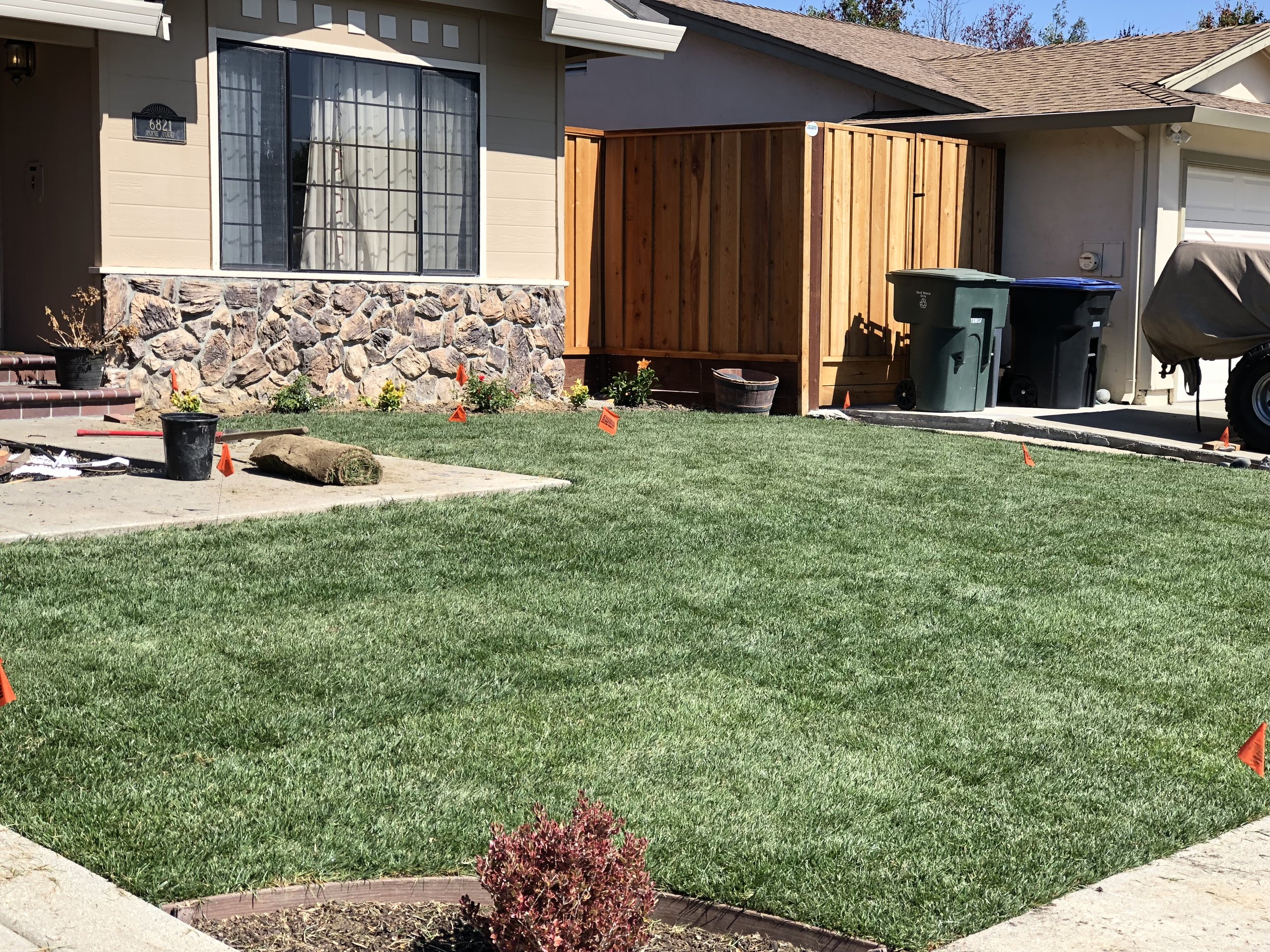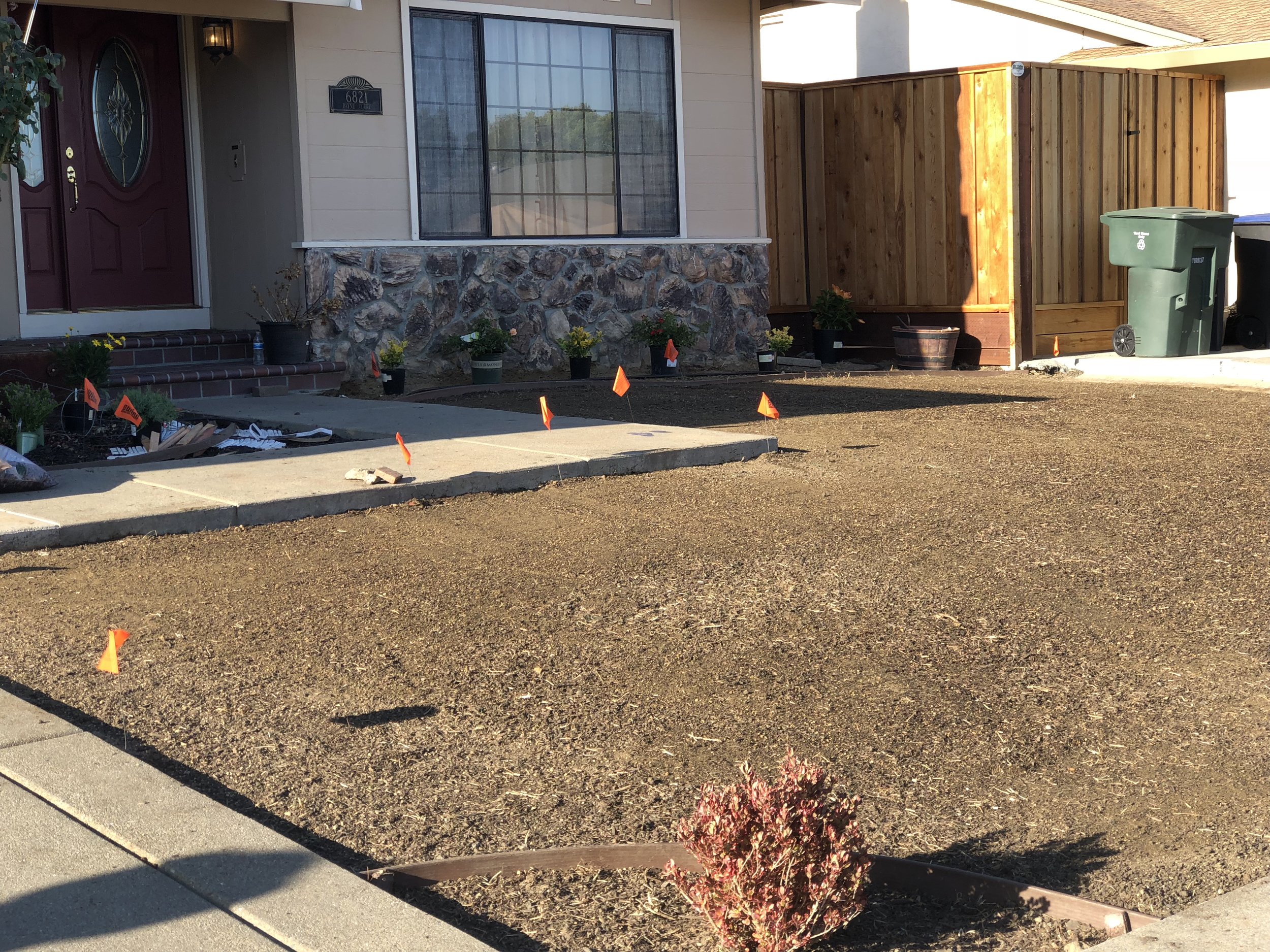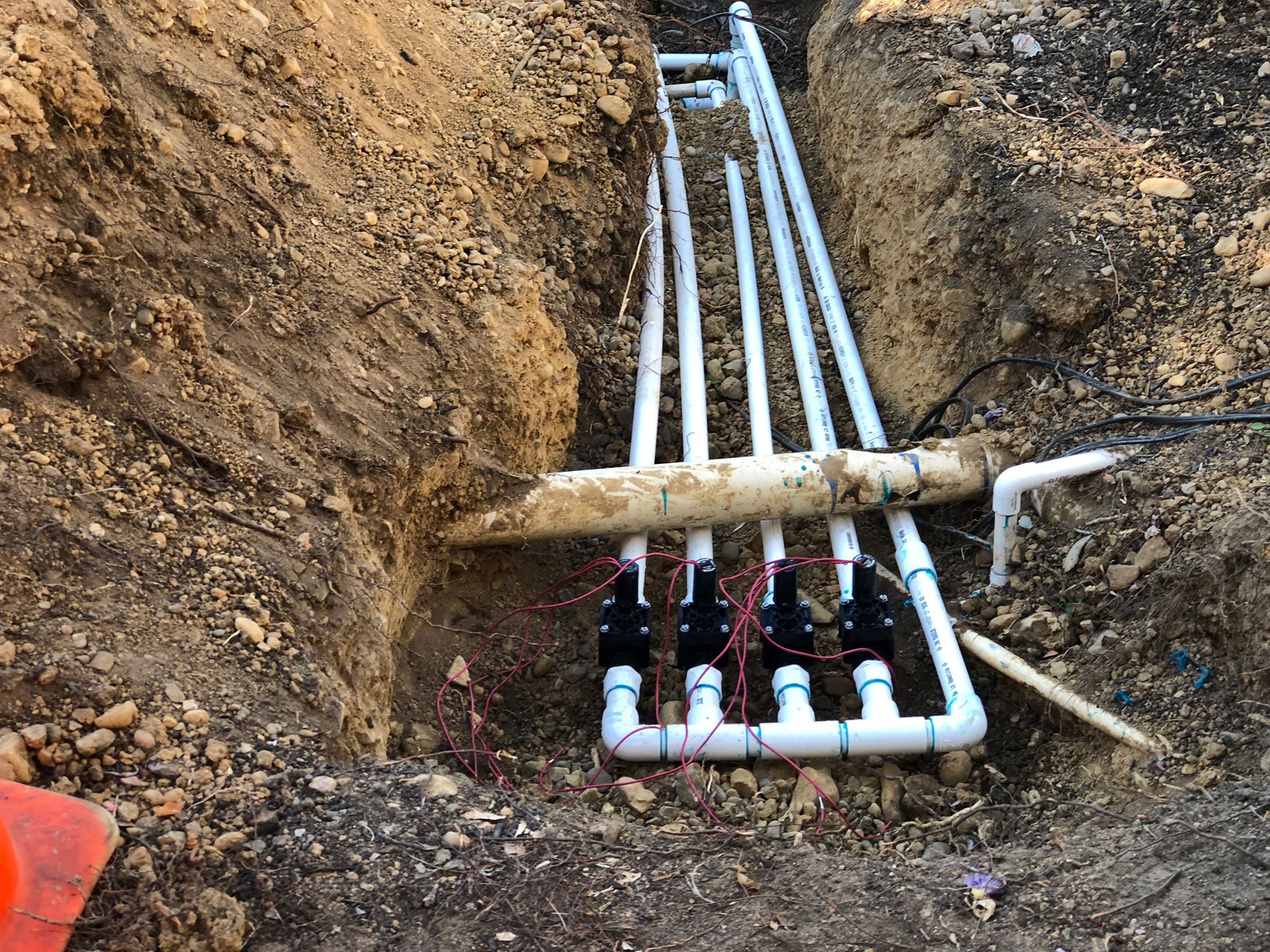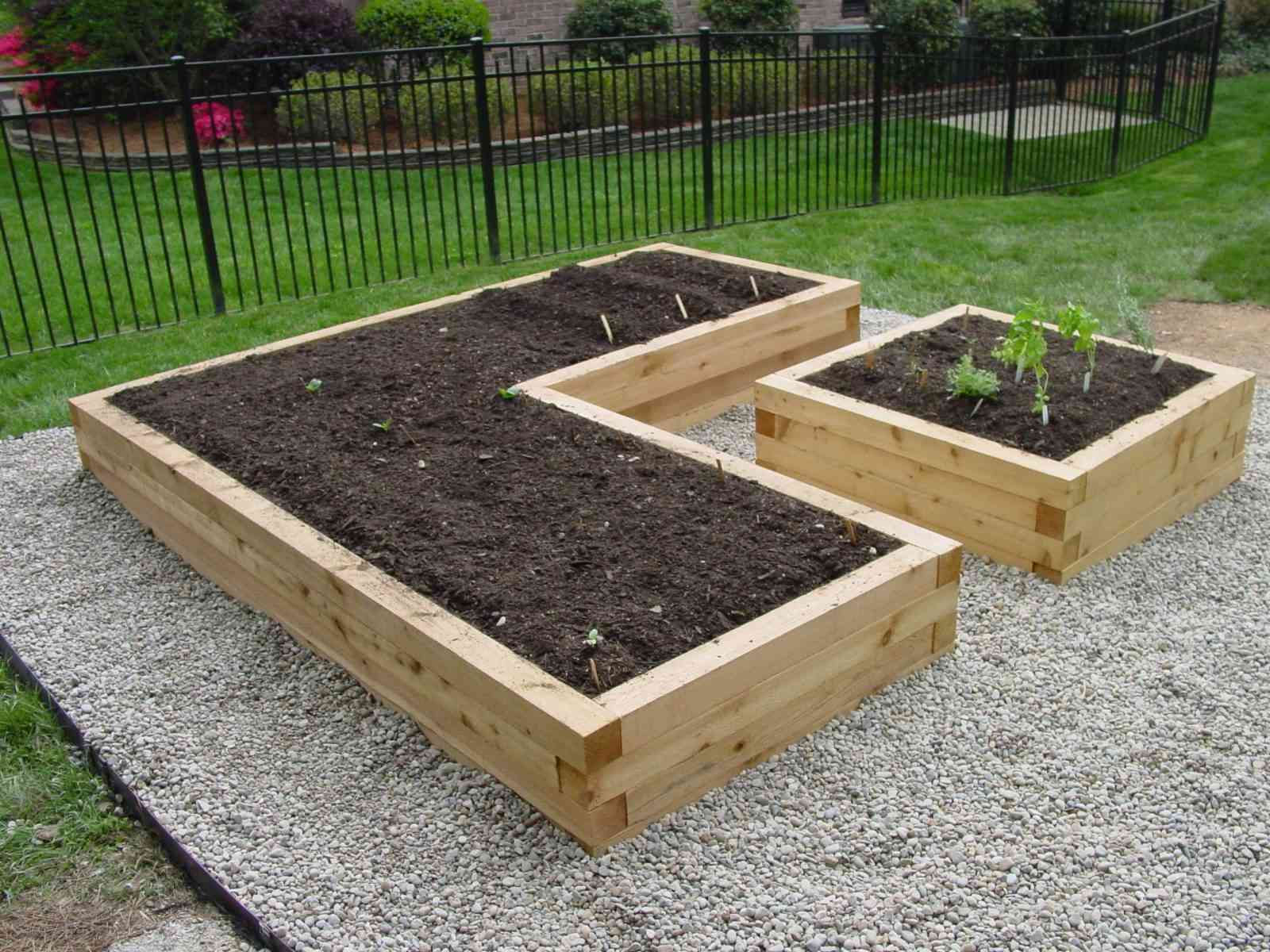NEW LAWN INSTALLATION
A turf area of 50 ft. x 50 ft. can remove 26 pounds of carbon dioxide from the atmosphere - equivalent to 11,000 miles of car emissions.
First, you need to determine the type of grass that grows best in your climate — whether you need cool-season or warm-season grass.
Think of cool-season and warm-season grasses as the yin and yang of the turf world. Or better yet, when you think of cool-season grasses, envision blue spruce.
When you think of warm-season grasses, envision palm trees.
For cool-season grasses (which grow best in fall, spring, and, in some areas, winter), the best time to plant is late summer to early fall. At that time of year, the ground is still warm enough for quick germination and the young grass plants have the entire upcoming cool season to become established.
Early spring is the second-best time to start a cool-season lawn from seed. The young grass has less time to become established before the onset of hot weather, but results are usually satisfactory as long as you start seeding early enough.
Warm-season grasses are best planted in late spring. At that time, the weather is still mild enough to let you get the grass established, but the hot weather of summer and the most vigorous growth are just around the corner.
Caring for your new lawn after germination.
As your new lawn becomes established, you can start easing up on the water, depending on the weather.
If you continue your everyday watering routine, you’re likely to overdo it and rot the young seedlings. Also, if the ground is too wet, you can inhibit root growth.
When you have a pretty even ground cover of new seedlings, try skipping a day of watering and see what happens.


Watch the grass carefully.
If the color starts to go from bright green to dull gray green, the grass needs water. You may have to water some quick-to-dry areas with a handheld hose. If the grass doesn’t dry out, keep stretching the intervals between watering until you’re on a schedule of once or twice a week, or as needed.
When you do water, don’t forget to water deeply, getting the moisture down 6 to 8 inches. Don’t be a light-sprinkling fool — you end up with one lousy lawn.
But there’s more to a new lawn than just watering. You need to mow the new lawn when it reaches 3 to 4 inches high, depending on the type of grass. Mow when the soil is on the dry side; otherwise, you might tear up the new turf.
You also need to make your first application of fertilizer about 4 to 6 weeks after germination. Young seedlings have a hefty appetite, so don’t skip this important feeding.











